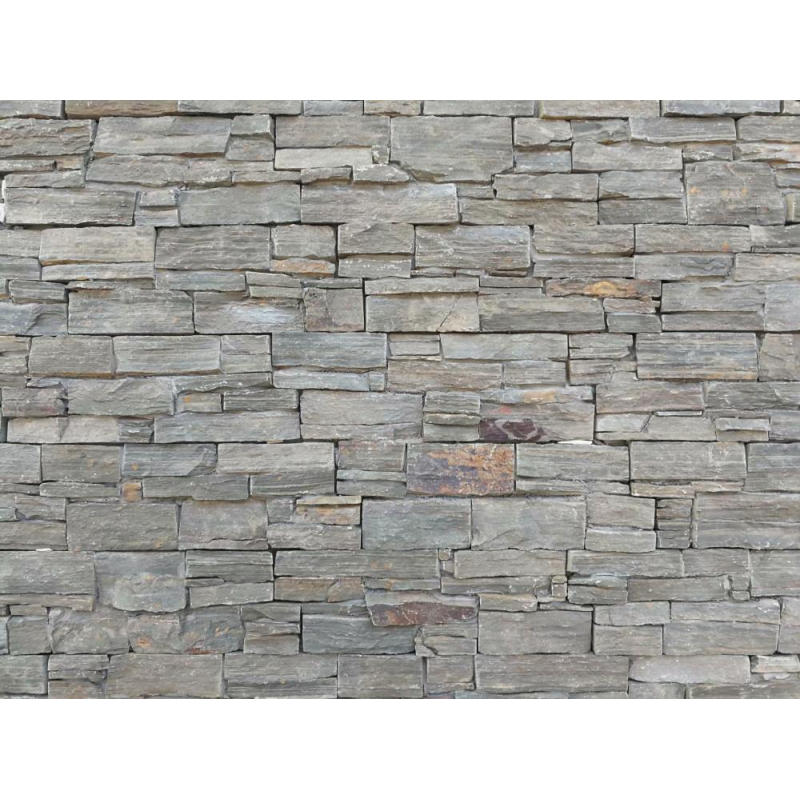
قدرتی پتھر گھروں اور باغات میں استعمال ہونے والے سب سے زیادہ استعمال ہونے والے مواد میں سے ایک ہے۔ لیکن کیا آپ نے کبھی یہ سوچنا چھوڑ دیا ہے کہ آپ کی مخصوص پتھر کی ٹائلیں، اینٹیں یا فرش کہاں سے آئے ہیں؟

Natural stone was created thousands of years ago when the Earth was just a ball of mineral gases. As these gases began to cool down, they compressed and solidified to form the world we know today. It was during this process that natural stone was formed – the type of stone created depends on what type of minerals were combined at that time. This was a slow process that occurred over millions of years. As the Earth began to settle, many of these seams of stone were gradually pushed to the surface by heat and pressure, creating the large formations we see today.
Stone can come from anywhere in the world, and the type of stone is determined by its origins. There are quarries in America, Mexico, Canada, Italy, Turkey, Australia, and Brazil, as well as many other countries around the globe. Some countries have multiple natural stone quarries, whilst others only have a few. Let’s look in closer detail at where particular stones originate and how they were formed.
سنگ مرمر is the result of limestone that has been altered through heat and pressure. It’s a versatile stone that can be used on virtually anything – statues, stairs, walls, bathrooms, counter tops, and more. Usually seen in white, marble is also common in black and grey tints, and has great weather endurance.
کوارٹزائٹ بلوا پتھر سے نکلتا ہے جسے گرمی اور کمپریشن کے ذریعے تبدیل کیا گیا ہے۔ پتھر بنیادی طور پر سفید رنگوں میں آتا ہے، لیکن اس پر بھورے، سرمئی یا سبز رنگ کے ٹِنٹس کے ساتھ بھی پایا جا سکتا ہے۔ یہ قدرتی پتھروں کی سخت ترین اقسام میں سے ایک ہے، جو اسے اگواڑے، کاؤنٹر ٹاپس اور دیگر ڈھانچے کی تعمیر کے لیے ایک بہترین انتخاب بناتا ہے جن میں بھاری ڈیوٹی پتھروں کی ضرورت ہوتی ہے۔
گرینائٹ اصل میں ایک آگنیس پتھر تھا جو میگما (لاوا) کے سامنے آیا تھا اور مختلف معدنیات کی نمائش کے ذریعے تبدیل ہوا تھا۔ یہ پتھر عام طور پر ان ممالک میں پایا جاتا ہے جنہوں نے کسی وقت زیادہ آتش فشاں سرگرمیاں دیکھی ہیں، اور یہ سیاہ، بھورے، سرخ، سفید، اور درمیان کے تقریباً تمام رنگوں کے رنگوں کی ایک بہت بڑی قسم میں دستیاب ہے۔ گرینائٹ اپنی اینٹی بیکٹیریل خصوصیات کی وجہ سے کچن اور باتھ رومز کے لیے ایک بہترین آپشن ہے۔
چونا پتھر مرجان، سیشیلز، اور دیگر سمندری زندگی کے ایک ساتھ کمپریشن کا نتیجہ ہے۔ چونا پتھر کی دو قسمیں ہیں، ایک سخت قسم جو کیلشیم سے بھری ہوتی ہے، اور ایک نرم قسم جس میں زیادہ میگنیشیم ہوتا ہے۔ سخت چونا پتھر اکثر عمارت سازی کی صنعت میں استعمال ہوتا ہے، یا اس کے پنروک معیار کی وجہ سے گراؤنڈ اپ اور مارٹر میں استعمال ہوتا ہے۔
بلیو اسٹون is sometimes referred to as basalt, and is one of the most common natural stones around the world. Bluestone forms through the alteration of lava, and because of this, is one of the closest stones to the Earth’s surface. Basalt is generally darker in colour, and is used as house roofing and floor tiles because of its hard texture.
سلیٹ جب شیل اور مٹی کے پتھروں کی تلچھٹ کو گرمی اور دباؤ کے ذریعے تبدیل کیا گیا تھا تب پیدا ہوا تھا۔ سیاہ، جامنی، نیلے، سبز اور سرمئی کے رنگوں میں دستیاب، سلیٹ چھت سازی کے لیے ایک مقبول انتخاب بن گئی ہے کیونکہ اسے باریک کاٹا جا سکتا ہے اور کم سے کم نقصان کے ساتھ سرد درجہ حرارت کو برداشت کیا جا سکتا ہے۔ سلیٹ کو اس کی پائیدار نوعیت کی وجہ سے اکثر فرش ٹائلنگ کے طور پر بھی استعمال کیا جاتا ہے۔
ٹراورٹائن is created when floodwaters wash through limestone, leaving mineral deposits throughout. As it dries out, the extra minerals solidify to gradually create a much denser material called travertine. This stone is good as a replacement for marble or granite, as it’s much lighter and easier to work with, yet still durable. For this reason travertine is often used on floors or walls, and is estimated to last around fifty years if maintained regularly.